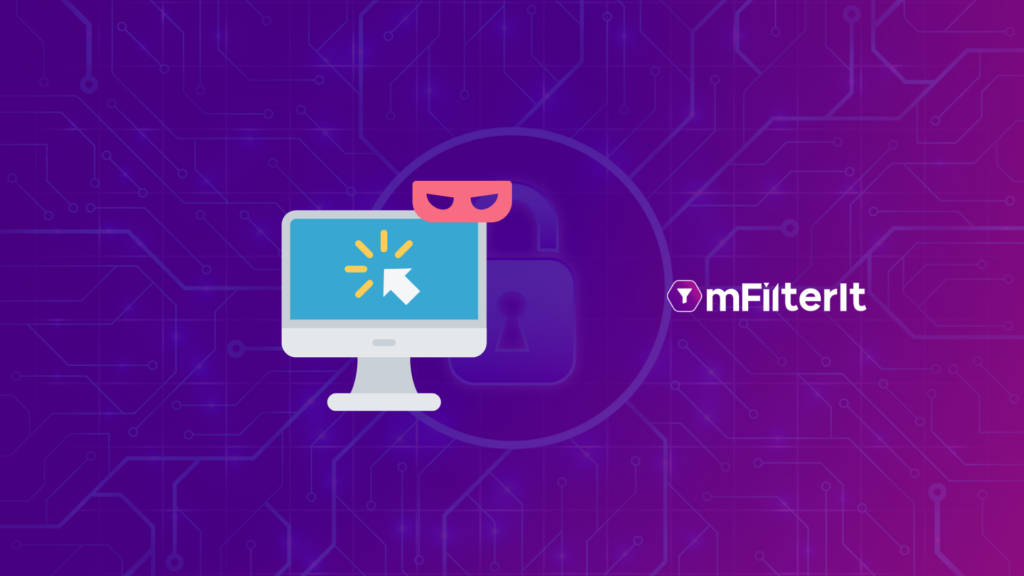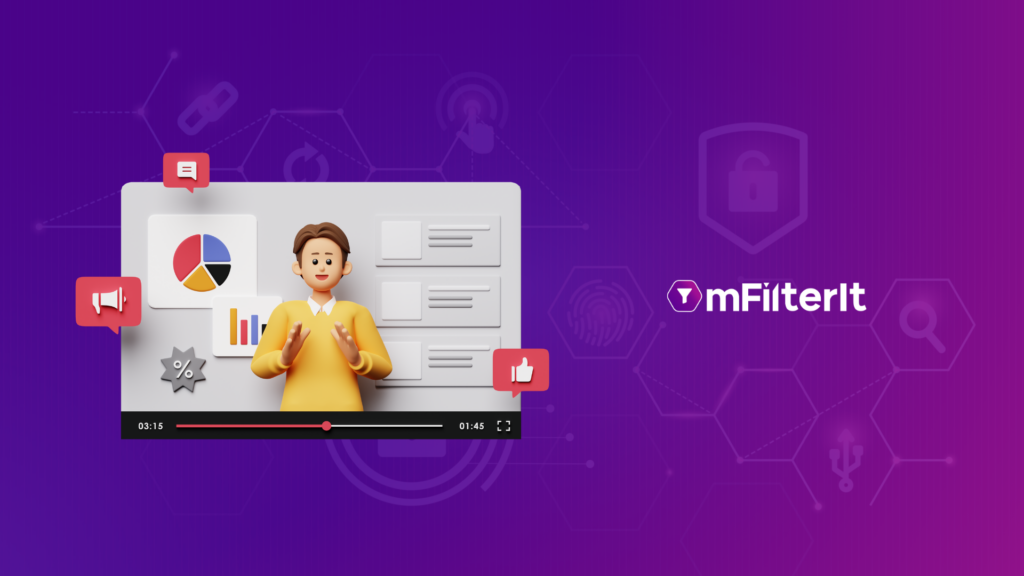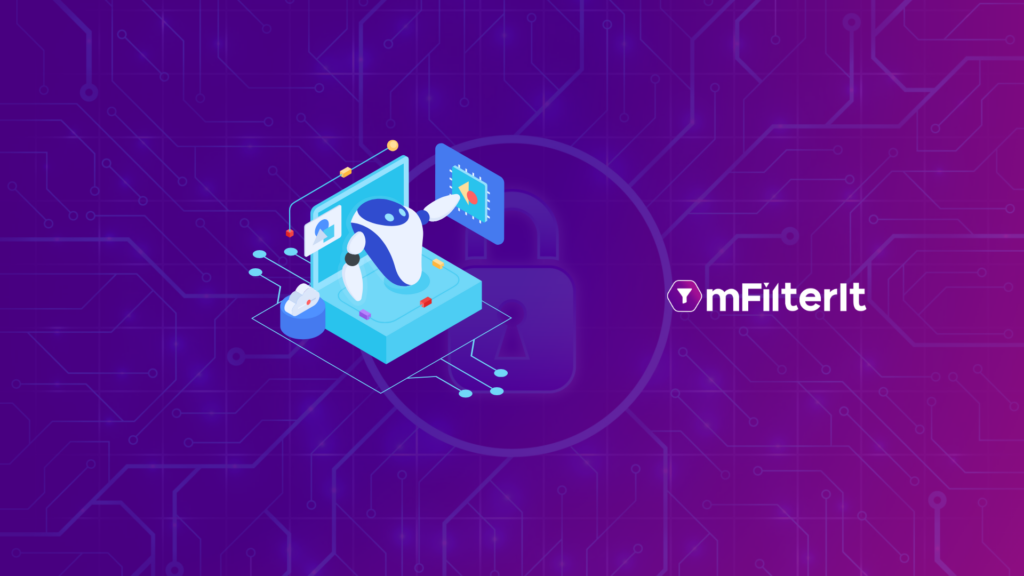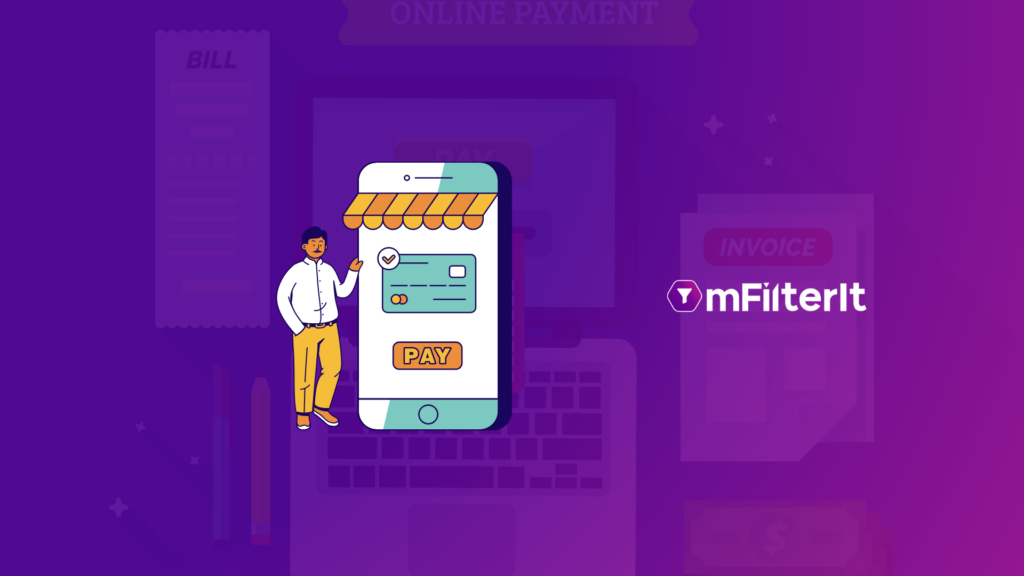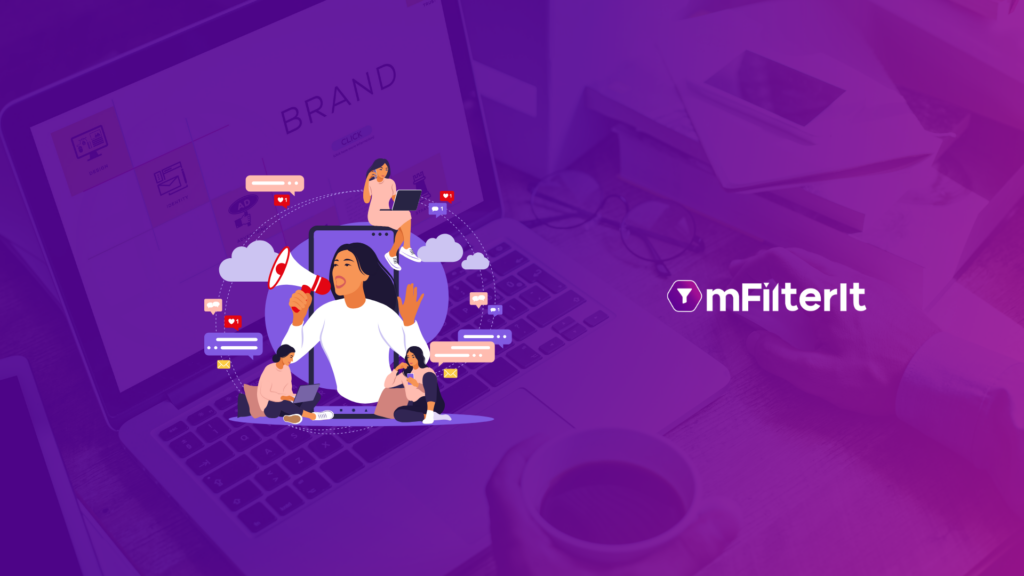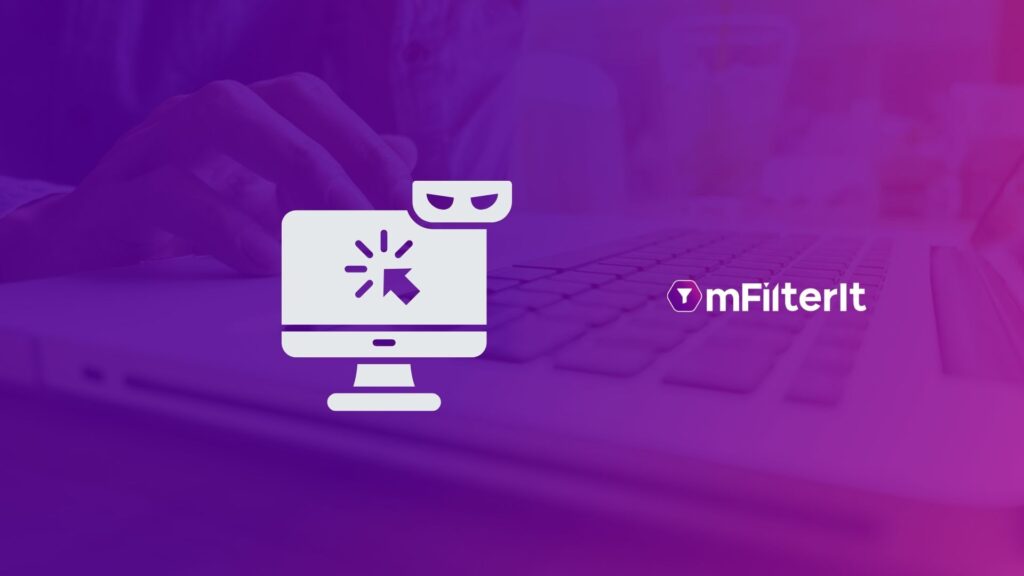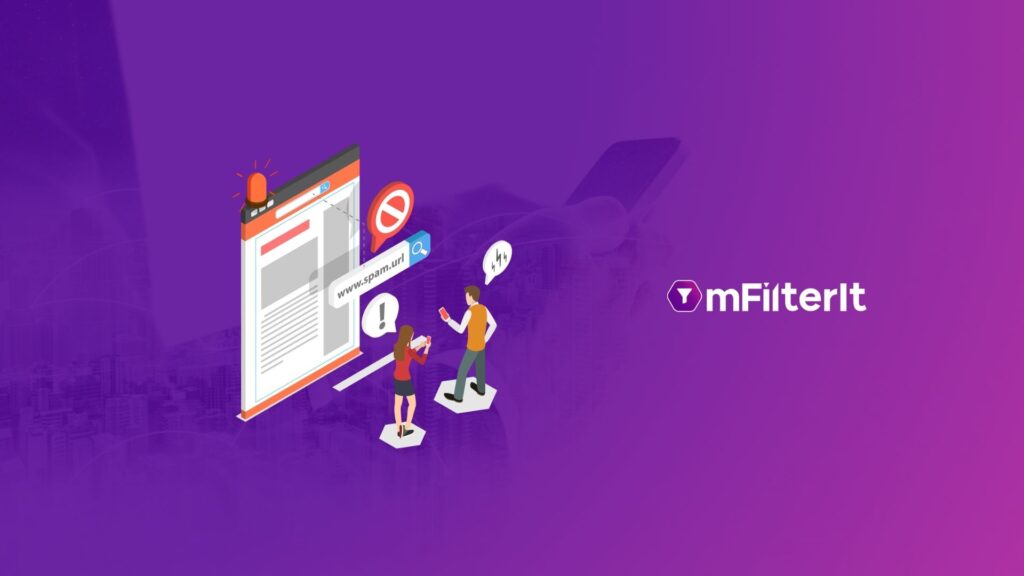Click Fraud Decoded
If you are a digital advertiser, you have been stung by click fraud many times. But there are ways to identify and prevent it. Today, let us discuss what click fraud is, different types of click frauds, and how to prevent them? What is Click Fraud? In general terms, Click Fraud is associated with PPC fraud, where bots click on your campaign and exhaust your marketing budget. This results in many fake clicks and visits to your website and is generally associated with impaired performance. However, this is true for PPC/CPC-based traffic. In the case of performance marketing (where the advertiser pays on an end-goal like sale/lead etc.), Click Fraud takes another color. Now, the typical approach to Click fraud won’t work since the publisher will not get paid for all the fake clicks (since there is no performance). So in performance campaigns, Click Fraud gets changed to stealing Organic traffic (which has the best performance in general for any advertiser). When clicks are dropped randomly to steal Organic traffic is called Click fraud. It is used in the “Last click attribution models” scenario to make the fake click the “last” click before the conversion to steal it effectively. Since Organic traffic does NOT have any click, the fake click ends up winning, and thus the publisher ends up getting attributed to the performance generated out of this. It can occur in both the app and the web. It is done to steal credit for an install or a re-engagement event in-App campaigns. In Web campaigns, it is done to steal credit for a lead/sale by using Cookie-stuffing / Click injections. Types of Click Fraud As many consumers are moving online for their purchases, advertisers have increased their ad budget spending to target any new potential customer. Due to this reason, many PPC fraudsters are upping their game. They use different click fraud techniques to steal the advertiser’s ad spend. These frauds are mentioned as below: Click Spamming: The most common SIVT (sophisticated Invalid traffic) method used to spoof the performance. In this type of fraud, a random click is fired to capture the organic sale and the click-to-sale time difference is more. Recently, a leading health and pharma app company was facing the issue of fake installs; mFilterIt was assigned the task of fraud analysis for unearthly mysteries of performance spent drain. After the analysis, the company found out that Click Spam and Non-Play Store ad-fraud for acquiring new users contributed more than half of the total fake installs. This shows that even the best digitally evolved organizations experience ad fraud. Click Injection: In this type of fraud, a click is injected where a malicious publisher (apps) on the phone notices that the “ABC app” is used by the customer and fires a click in the background. As the user is browsing on the “ABC app”, the click has been sent and the order captured. Hence, the attributes are manipulated, and payment is done to the wrong media source instead of the deserving source. The app’s users generally don’t use on their phones constitute junk apps. Fraudsters can fraudulently use these apps to generate clicks on the user’s device and steal credit for an inorganic install. This method has severe implications on advertisers’ ad spending. Automated Clicks Using BOTs: Fraudsters have created a sophisticated click fraud system using BOTs. They use fake IP addresses to avoid traceability. This type of fraud is often targeted through data stored in cookies on the web. BOTs browse histories, demographic information, and past purchases before targeting a particular ad. This impacts the advertiser as they lose their money by paying for fake visits instead of genuine customer visits. Read More How Can I Prevent Click Fraud? Advertisers need to be aware of various click fraud warning signs. These warnings are as follows: Meager conversion rates (click to conversion rates). High bounce rate (in case of cookie stuffing, publishers will try to open the advertiser website in a hidden iframe to get the cookie dropped, resulting in high bounce rates) Reduction in organic traffic when inorganic sources are scaled up. mFilterIt offers sophisticated technologies that help advertisers detect click fraud in real-time. The advanced algorithm helps to identify abnormalities in the click data. Click here for a free trial!
Click Fraud Decoded Read More »

